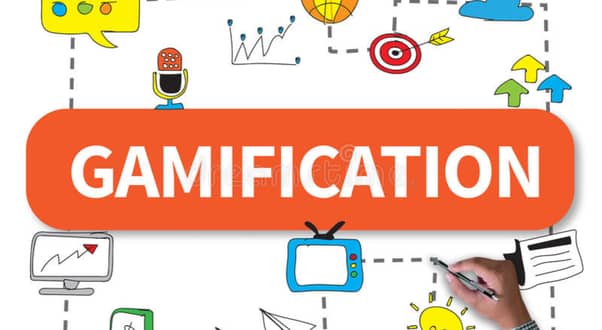By: Morayo Koku

Gamification offers a way to increase consumer engagement, loyalty, and data entry. It basically makes boring things fun to do by introducing the elements of games to it and can help marketers with their marketing strategy. These elements are goals, rules, challenge/conflict and feedback.
Marketers can reach their goals through gamification because they can get access to an audience in the gaming space who are willing to engage in the activities because of motivation of reward or fun.
Tesla did it by placing its cars in the Players Unknown Battle Ground (PUBG), raising awareness and consumer engagement. Jumia does it by introducing scavenger hunts on their website. A good example is Duolingo which uses streaks, leaderboards, points for completing tasks and the likes. Another example is Snapchat which lets users show their streaks, top-ranking friends and so on.
These mechanics such as badges, points, and leadership boards amongst others are typically found in video games but are used to drive something not entirely related to gaming. In this specific case, Duolingo makes language learning fun and increases user engagement. Snapchat does something similar by making messaging friends fun and Jumia adds some entertainment/excitement to buying products online. Gamification has been in use because of its proven effectiveness.
Ways it can be used
Thankfully this does not always have to be capital intensive. Student entrepreneurs who understand their consumers and the type of players they have can creatively come up with games to engage with them and reach goals.
Extrinsic Motivation and Intrinsic motivation: This simply means some people play for rewards (Extrinsic motivation) and some people play for the fun of it (Intrinsic Motivation). It’s important to identify which techniques to deploy while keeping in mind its pros and cons.
A giveaway contest appeals to extrinsic motivation because there is a reward. There always has to be a reward that outdoes the last one in the long run. Intrinsic motivation can be initiating a game that makes people genuinely have fun with no gift attached. The activities must align with business goals.
Examples
Contest and giveaway: This could be online or in a physical space and suited to the goal. For instance, if the goal is to retrieve data about a product preference the marketer can place it with other products and give the consumers challenges where in the end, they vote on which of the products they want. There are several other creative ways to go about it that help achieve the main goal.
Discounts: Consumers could be informed about challenges to be rewarded a discount. For example, a student entrepreneur who sells bags with the aim of increasing awareness. Consumers can be told to go to a specific line of fun events using the bag and take pictures with it to incur a discount on another product.
Create a social media challenge for your consumers: Depending on the goal and platform. A challenge could be given and a reward to the best contestant.
Loyalty program: This assists with the goal of customer retention. A free customer relation management software has features to track consumers’ purchases and a grading system. They can be rewarded with points when completing tasks like purchasing a product or referring to the product. Upon earning up to a certain point there is a reward as they level up in the program. For example, a student entrepreneur who sells skincare products can offered two free deliveries or a simple token of appreciation card upon earning up to a certain point.
Use an application/stimulator: There is free game-building software such as Game Maker which gives room for this. There’s also Gizmo which offers a free trial. It could be a means for a student entrepreneur who wants to explore the angle of creating a game for specific goals to try out.
Trivia Games: This includes creative fun trivia games about the business. This depends on the type of consumer involved and the goal. For example, a person who sells wigs can start a trivia game themed on “wig maintenance” to test the knowledge of consumers and gather info for the next content and product to sell with the knowledge acquired.
Showcases: The consumers are told to show how they use the product, receive social recognition and show their tastes.The treasure hunt: This can be done online by giving the consumers a hint, some rules and details about the hunt for free, unique or highly discounted products on the software within a time frame. In a physical setting, physical prompts can be placed too.
Gamification can be applied offline but is also significantly used online. It is a growing area that student entrepreneurs can leverage. There are several other examples but the bottom line they share is creatively infusing fun to encourage consumers to meet the student entrepreneurs’ goal.





More Stories
Podium Maiden Edition Ends with Mass Communication Win
MSSN UNILAG holds 2024 Academic Counseling Seminar
Students to Ballot for Mariere Next Week, Fee Remains 43,000